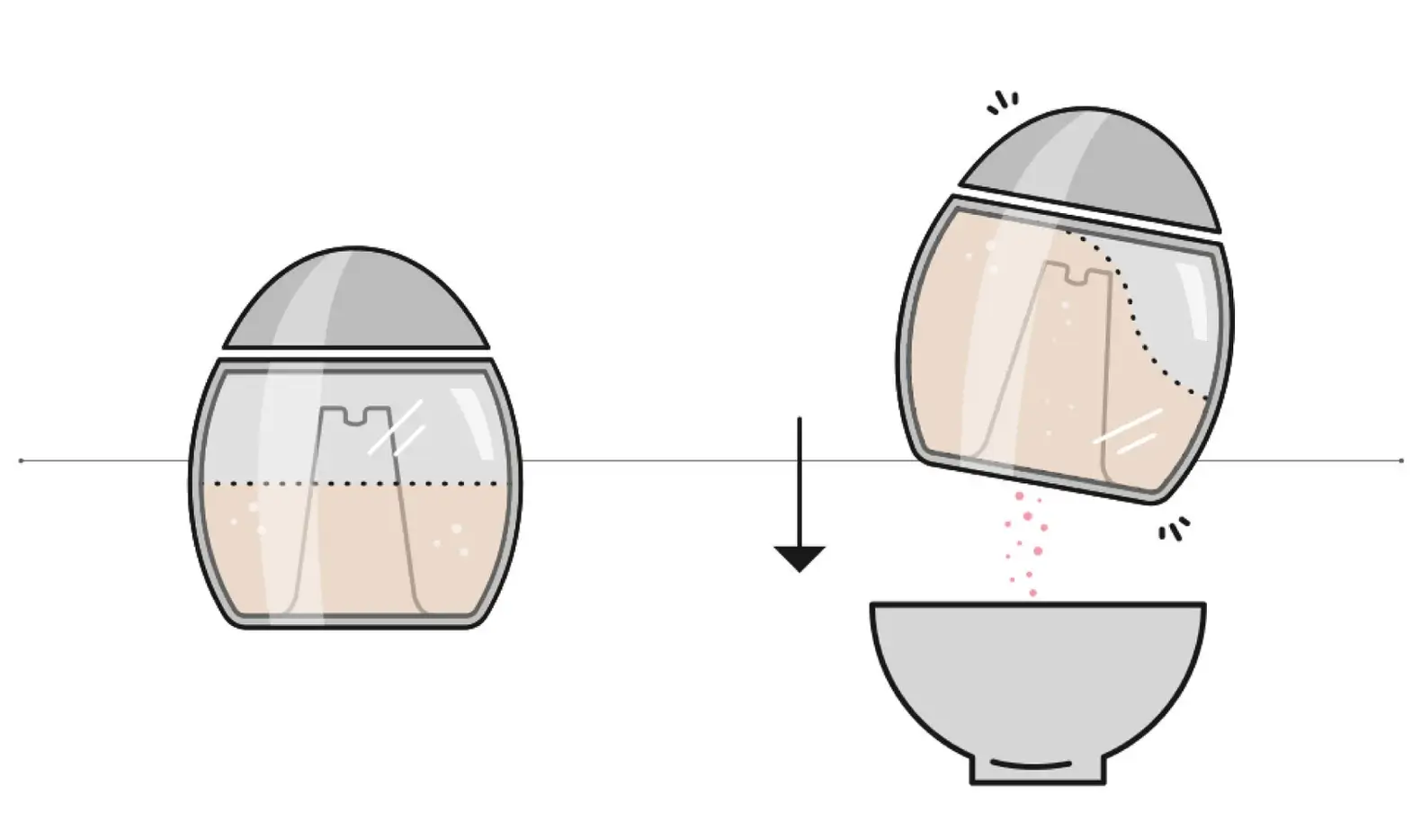In the dynamic landscape of product design, one methodology has consistently proven its worth: Design Thinking. This human-centred approach to innovation has been championed by industry leaders and Product Designers in India and worldwide. As Tim Brown, CEO of IDEO, eloquently put it,
Section 1:
Understanding Design Thinking Design Thinking is a problem-solving framework that is transforming the way Product Design Companies in India and around the globe approach product design. It puts the user at the center of the process, leading to products that truly meet user needs and expectations. A prime example of this is Apple’s iPod, which revolutionized the music industry by combining sleek design with user-friendly functionality. But what exactly is Design Thinking?
Section 2:
The 5 Stages of Design Thinking Design Thinking is typically broken down into five stages:
- Empathize: This is the first stage of the Design Thinking process, and it involves gaining an empathic understanding of the problem you’re trying to solve. This stage involves extensive user research, observing and engaging with users to understand their experiences and motivations, as well as immersing yourself in the physical environment to have a deeper personal understanding of the issues involved. Empathy allows design thinkers to set aside their own assumptions and gain real insight into users and their needs.
- Define: During the Define stage, you’ll start to make sense of the information you’ve gathered during the Empathize stage. You will analyze your observations and synthesize them to define the core problems you and your team have identified up to this point. You should seek to define the problem as a problem statement in a human-centered manner. This stage involves challenging assumptions and creating features for your users.
- Ideate: With a solid background understanding of users and their needs, you are ready to start generating ideas to solve the problem. The Ideate stage is the point of the Design Thinking process where you and your team members can think freely, seeking inspiration from elsewhere and using creativity tools like Brainstorming or Worst Possible Idea. In this Ideation stage, quantity is encouraged. You aim to generate a large quantity of ideas that you can filter down into the best ones to investigate further.
- Prototype: This is an experimental phase. The aim is to identify the best possible solution for each of the problems identified during the first three stages. The solutions are implemented within the prototypes, and, one by one, they are investigated and either accepted, improved and re-examined, or rejected based on the users’ experiences. By the end of this stage, the design team will have a better idea of the constraints inherent to the product and the problems that are present, and have a clearer view of how real users would behave, think, and feel when interacting with the end product. If you need assistance in translating user insights into real, functional product designs, you can explore our complete design service.
- Test: Rigorous testing is conducted during this stage. The aim of testing is to learn what works and what doesn’t, and understand the user’s experience with the prototype. Designers can then iterate based on this feedback. Even at this stage, alterations and refinements are made to rule out problem solutions and derive a deeper understanding of the product and its users.
Section 3:
The Role of Design Thinking in New Product Design is particularly valuable in the realm of New Product Design. It encourages businesses to challenge assumptions, think outside the box, and prioritize user needs. Many Product Design Studios in Bangalore, such as IDEO and Frog Design, have embraced this approach and are creating innovative products that are changing lives.
To understand how design translates into real-world products, you can also explore our blog on What is product design and development?
Section 4:
Industrial Design and Design Thinking Industrial Design and Design Thinking go hand in hand. Both disciplines focus on creating products that are not only functional and efficient but also aesthetically pleasing and enjoyable to use. By applying Design Thinking principles to Industrial Design, businesses can create products that truly resonate with users.
Section 5:
The Difference Between Product Design and Product Development While both product design and product development are crucial stages in creating a new product, they are not the same. Product design is about creating a product that is not only functional and efficient but also aesthetically pleasing and enjoyable to use. On the other hand, product development involves taking the design and turning it into a market-ready product. This includes stages like prototyping, testing, and manufacturing.
For a practical breakdown on moving from concept to launch, you may also find this helpful: How to Build a Product.
Conclusion
In conclusion, Design Thinking is a powerful tool for any business involved in Product Design and Development. As the famous designer Charles Eames once said, “Design is a plan for arranging elements in such a way as best to accomplish a particular purpose.” By embracing Design Thinking, businesses can ensure that their products not only serve a purpose but also delight users. So, why not give it a try?
To implement this process effectively, many businesses collaborate with a professional product design agency that can guide them through research, ideation, testing, and execution. If you’re looking to apply design thinking to your product development journey, feel free to contact us. Our team would be happy to partner with you.

Abhishek Reddy Gujjala
Criador Labs is an innovative product design studio that is future-focused and renowned for turning bold ideas into exquisitely engineered products. With expertise in Medical Devices, Consumer Technology, and Industrial IoT (Internet of Things), we combine strategy, design, and usability to deliver tangible creative solutions. Founded by Abhishek Reddy Gujjala, an entrepreneur passionate about purposeful innovation, Criador Labs reflects his vision of creating meaningful products that solve real-world problems through thoughtful design.


